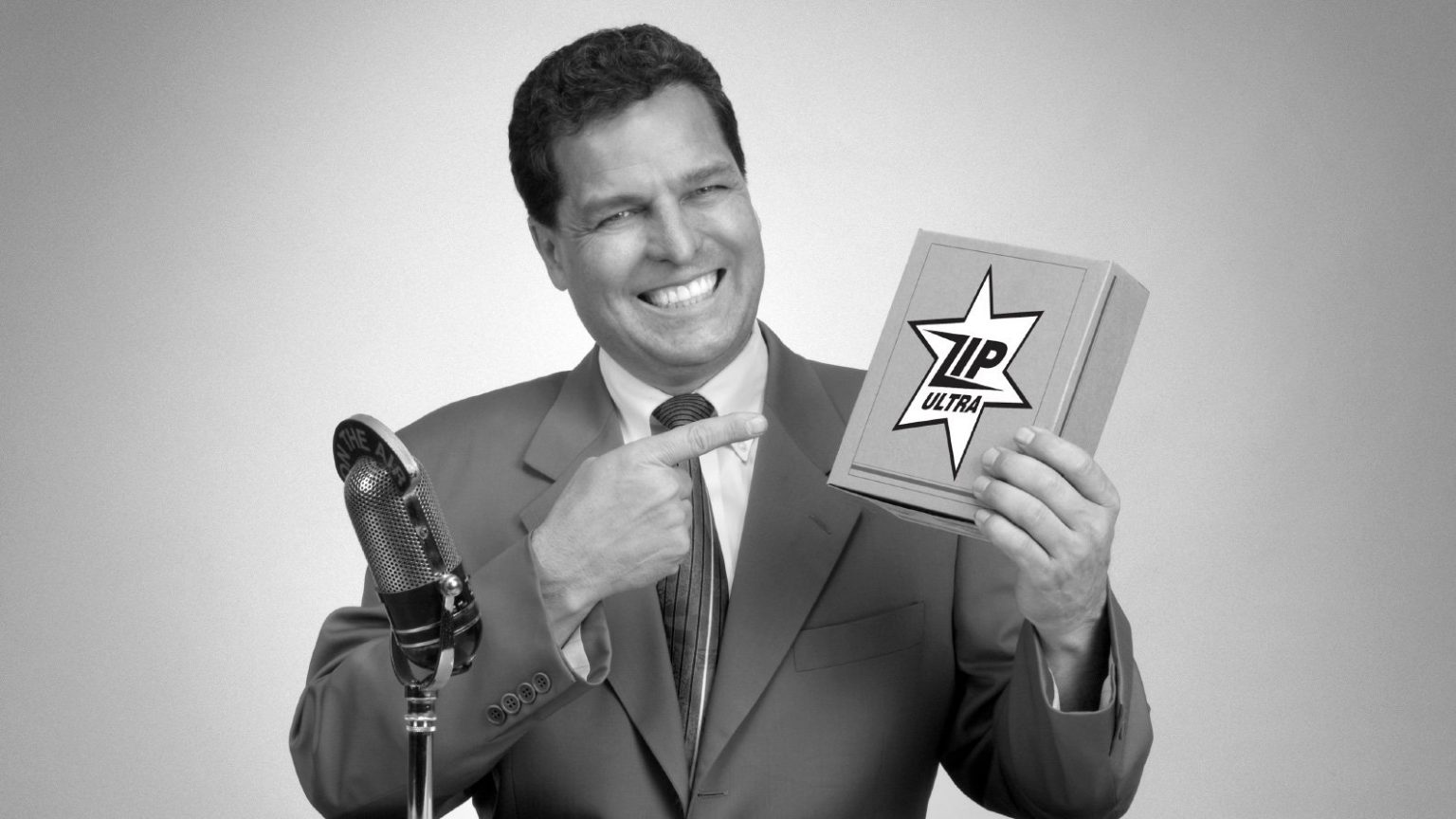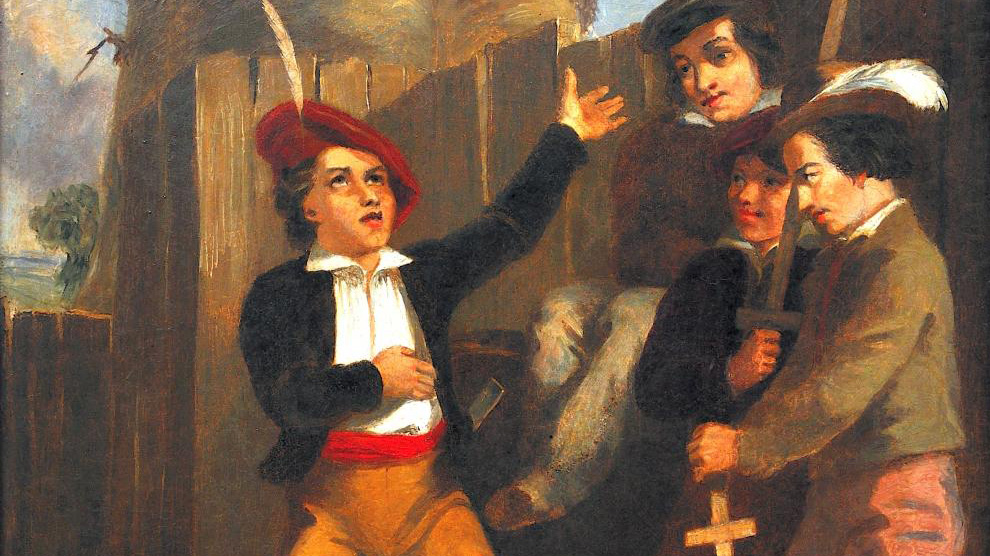
What is a brainstorm?
Since the inception of the term in 1948, brainstorming has been the most powerful tool for creative problem solving for designers and marketers. The brainstorming process has been adjusted and reworked by many, but the core principles have remained intact.
The term brainstorm elicits a vivid image of a storm of ideas in one’s mind, however the term was coined by Alex Faickney Osborn (the “O” in BBDO) to describe the technique of using the brain to “storm a creative problem and do so in commando fashion, with each stormer attacking the same objective.” I prefer this image because it describes a method that not only uses teamwork, but attacking the problem without fear.
The goal of a brainstorm is to generate creative ideas and solutions through group discussion and interaction. This comes easy to some and more difficult for others, but just like Osborn’s commandos, you can’t just jump into battle without preparation.
How do we prepare for a brainstorm?
For true creative brainstorming, we don’t want our commandos to prepare with research or preconceived solutions. We want to start with blank canvases. So, this preparation comes simply by getting each participant into the right creative mindset where anything and everything is a possibility. Therefore it’s crucial to have the right type of warm-up.
Rules of the brainstorm
However, before we go through a good brainstorm warm-up, we need to know that we’re warming up the right things. For example, if you’re about to start the Tour de France, you better stretch your legs out before you hop on a bike. Making sure your fingers are limbered up might help, but definitely isn’t as important. Identifying the correct set of muscles you’ll need is critical. The same goes for a brainstorm.
To understand how to warm up properly for a brainstorm, we must identify the muscles needed. Luckily, they’re highlighted by a set of basic rules. You might be asking yourself, “wait a second, why are there rules for a brainstorm? Won’t that kill the creativity?” Not so. The rules are more like guidelines to ensure that we create an environment where creativity can flow freely and that the focus of the brainstorm isn’t lost.
IDEO is widely regarded as the most innovative and creative-thinking company in the world. Its process for brainstorming is second to none. Here are their 7 tips for brainstorming:
- Defer judgment
- Encourage wild ideas
- Build on the ideas of others
- Stay focused on the topic
- One conversation at a time
- Be visual
- Go for quantity
What do these all have in common? An atmosphere that appreciates and encourages free thought devoid of criticism that allows participants to shoot ideas from the hip as long as they’re on topic.
Brainstorming success
To have a successful brainstorm, there must be:
- Group Trust
Putting yourself out there with a crazy idea is scary. This is something we’re great at as kids. A few years back, I was watching my friend’s five-year-old while he was out. On a walk, we stopped to pick some blackberries. After eating a few, I feigned a dizzy spell and proclaimed that the blackberries were turning me into a bear. I quickly reminded her that she had eaten some blackberries as well. Without hesitation, she began her transformation as well. Within minutes, we were two bears foraging for more blackberries with only grunts and growls to communicate.
Try doing this with another adult – they’ll look at you like you belong in an insane asylum. Unfortunately, we learn to quiet our creative minds down as we get older because we fear being made fun of or getting rejected. David Keley, founder of IDEO, delivers a really amazing talk about creative confidence. Feeling safe in sharing creative thought is the cornerstone of becoming creative. - No Hierarchy
Creativity is the property of all of us. No matter if you’re an executive or an intern, your thoughts are just as important as any other’s. (In fact, much of the time executives feel less comfortable sharing ideas because it opens them up to the possibility of being judged. Interns generally have less to lose). Also, in a great brainstorm, creativity is no longer attached to job titles. Whether you’re a creative director or a mailroom clerk, your ideas are equally valid. - Encouragement
Group trust tends to vanish if encouragement is nowhere to be found. It’s much easier to break down barriers when people feel the freedom to give words of encouragement with ideas they like. A simple “nice” or “that’s great” goes a long way. (See this in action by IDEO). - Respect
Although group thought is sparked by individual ones, whoever is sharing an idea absolutely needs to have everyone else’s full attention. If you put yourself out on a limb with a wild idea, it’s really easy to assume it’s a bad one when nobody is listening. - Laughter
Okay, this one’s not a must, but I believe that if there’s no laughter, you’re not doing it right. (This does not mean laughing at someone’s idea in spiteful manner). Sometimes the best solutions for a serious problem grow out of wacky ideas. Did you know that the idea for the trackball in the first apple mouse came from roll-on antiperspirant? If that doesn’t make you giggle a little you’re a more mature person than me.
Unfortunately, getting into this mindset is surprisingly difficult for most of us. They require those muscles that we haven’t used for so long. We’re used to programmed thinking in which criticism and logical processes lead to results. Brainstorming is the opposite. It is where we get to come up with crazy ideas that may be totally unfeasible as they are, but can spark something magnificent.
Although I find the “Welcome everybody. Take a seat and quick! Give me your best ideas right now!” approach amusing, it won’t work. We need deliberate warm-up exercises that are not only fun, but really help your team to open their minds and set themselves up for the right type of creative thinking. I’d offer that the activity that best exercises lateral thinking and a truly creative mind is improvisational theater.
Warm-Up exercises
In improv, the term “yes and…” is king, and shutting down or editing another participant’s ideas leads to certain death. During an amateur improv performance, if you see one performer reject another’s idea, it’s like a needle scratching a record – very awkward. The foundation of improv is to accept a contribution from another person with an open mind and expand on that line of thinking. So, what better place to find ways to warm-up, than inside the improv studio. Here is a list of five great activities that will help spark the right kind of thinking for your brainstorm:
1. BANG

What it is:
Everyone stands in a circle except for the moderator, who in this game acts as the sheriff. The sheriff will quickly spin around and point her finger (mimicking a gun) at someone in a circle and yell “Bang!” That person must quickly crouch to avoid the shot.
Each person adjacent to the croucher must turn to the other and shoot at them with their hands. Instead of yelling “Bang!” they must yell the other person’s name. (It makes it a little harder to recall a name on the spot than just yelling “bang”). The slower of the two is eliminated and becomes part of the judging panel for any close contests.
When it’s down to two left, there is a duel. They must each stand with their backs to each other. The sheriff will call out random even numbers, to which each dueler will take a step. As soon as the first odd number is called, it is their signal to turn and fire yelling out the other’s name. The quickest draw wins and becomes the next sheriff.
Why it’s useful:
I’m listing this one first, because it’s a great ice breaker and it gets everyone on their feet and their blood pumping. It is also useful because it’s very good at wiping the canvas clean and transitioning participants away from “work mode” and hierarchy.
2. 185

What it is:
There is a traditional joke structure that goes like this:
185 (blanks) walk into a bar and the bartender says “Sorry, we don’t serve (blanks) here.” So the (blanks) say (punchline).
For example:
185 ducks walk into a bar and the bartender says “Sorry, we don’t serve ducks here.” So the ducks say “Awww.. but we promise to pay our bills.”
The way the game works is that you can pick a topic (I like to pick something themed for the brainstorm at hand) and then participants try to make a joke using that format. For example, in the last brainstorm I ran, we were ideating digital campaign ideas for a guitar manufacturer. One of the jokes was:
185 guitars walk into a bar and the bartender says “Sorry, we don’t serve guitars here.” So the guitars say “Well, thanks for not stringing us along.”
There’s not necessarily a set order in which to participate–anyone can jump up with their joke after the last comedian has finished. No pressure for the pun-challenged. As you progress, you can modify the format to make an advanced version. If/When there is a significant stall in the game, you can switch it up to a different topic.
Why it’s useful:
The game is admittedly cheesy, but that’s the point. Occasionally the jokes are clever winners, but more often than not, the jokes are groaners. However, this exercise really helps stretch your minds for any possibility on a subject. As soon as the first obvious jokes are exhausted, you really need to scrape your brain for anything that could possibly work. This is important to lateral thinking.
3. The Expert

What it is:
If I asked you to explain what a hat was and why it was valuable, you’d probably easily be able to do it. If I asked you to explain what a ball was and how it was valuable, you’d probably be able to easily do that too. But what if I asked you to explain what a ball-hat was and why it was valuable; could you do that?
In this game, you get the group to shout out two nouns that are to be combined into a new product. The participant must pretend to be an expert on that item. They’ll expound the product’s value and why everyone definitely needs one.
Why it’s useful:
It’s definitely a difficult game and puts participants on the spot, but you’ll be amazed at how each participant will be able to come up with something creative.
More importantly, it really gets you to think about complex solutions. To first understand how a ball-hat would be useful to anyone, you must first consider what needs are met just with a ball. Next, you must consider what needs are met with a hat. When those two are considered separately, only then can you visualize a unique combination of needs that this ball-hat would solve. And guess what? Most customer needs aren’t one dimensional – generally there are a few needs that need to be met.
Another GREAT version of this is the Reversed Brainstorm exercise from Bastiaan van de Werk.
4. Run-On Story

What it is:
I imagine most people have done some version of this game at camp, in a drama class, or on a car trip with the family. This game is simply to put together a collective story one sentence at a time.
The moderator would start by throwing out a simple prompt. For example, this could be “Mike and Sally’s Trip to the Museum”. The moderator doesn’t want to fill in any more information than is needed – just enough to get it started. From there, you go around the room in a circle and each person adds the next sentence to the story.
The game can end after a few revolutions around the room or the story seems to find a natural ending.
Why it’s useful:
This game is all about teamwork and staying on your toes. You might be waiting for your turn to come around knowing that you’re going to have Mike propose to Sally, but if the person before you kills off Sally, you’re going to be stuck. This game warms up listening skills and considers the previous contributions before opening your mouth. Building off of previous ideas is an integral part of product ideation.
5. Going to a Picnic

What it is:
This is a simple game in which your group is going to a picnic and each has to bring something they think is useful. So, it would start off with the one person saying “We’re going to a picnic and I’m going to bring a _____.”
On the first run-through of the game, the next person should respond with “Yes, but…” and give out a reason why the last person’s item wouldn’t be that great and then follow it with what they’re going to bring. And so on.
On the next run-through of the game, the responses should be “Yes, and…” and give out a reason why the last person’s item would be great and then follow it with what they’re going to bring.
Why it’s useful:
As it is, this game is particularly taxing on the creative, but the point is to show how negative reactions to ideas seem to make the picnic planning process tedious and clunky. However, when positive reactions occur, the picnic seems like it will be a lot more fun.
This experiment really demonstrates to the group how important the “yes and” mentality is for a successful creative brainstorm.
Conclusion
As a moderator, it’s really hard to get everyone comfortable with the creative brainstorming mentality in the first few minutes. These games are great ways to push people a bit out of their comfort zones in order to prevent self-censorship. Expect these warm-ups to take a bit of time with a new group, but each successive time it will go more quickly and your team will be rocketing out of the gate.
Now, on to the actual brainstorm.
(Kyle feverishly limbers up his fingers in preparation for his thoughts on running successful marketing brainstorms).
The post How To Run A Great Marketing Brainstorm: The Creative Warm-Up appeared first on Portent.
// // from The Portent Blog: Internet Marketing with a Twist of Lemon https://www.portent.com/blog/great-marketing-brainstorm-warm-up.htm
0 comments:
Post a Comment